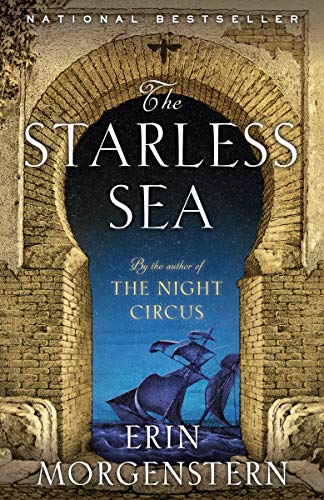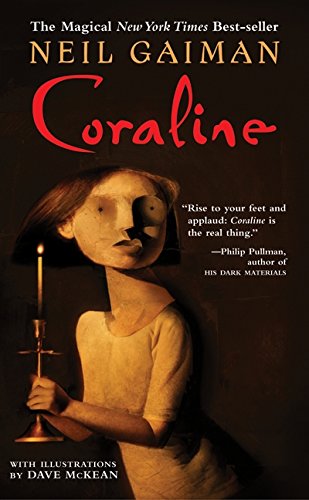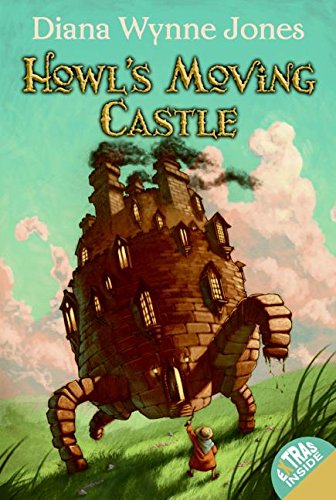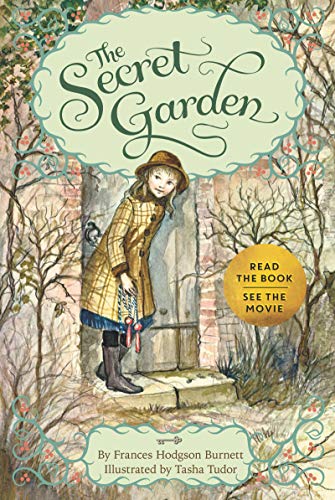Doors in literature of largely symbolic and usually represent borders between worlds, gateways between realms and tools to hide fascinating secrets from the eyes of normal people. These stories do all three and are some of my all-time favourite reads.
1
The Starless Sea begins with a boy finding a door intricately painted on the side of his house. It was not there yesterday and can’t possibly go anywhere, yet the impossibility of a painted door with a handle that turns draws him in. That door is for him, painted for him and intended to be used by him only yet he turns away, dismisses the impossibility of a gateway right under his nose and walks home. The book is about what happens when, years later, he finds a door he can’t refuse.
2
The Lion, the Witch and the Wardrobe is probably a more well-known title, using a Wardrobe door as an entrance to Narnia. It’s a book cherished by so many since it’s publishing and combines whimsical fantasy stereotypes with dark undertones of a mature story.
3
Coraline is also a well-know more modern tale using Gaiman’s style to create a more unnerving atmosphere, the story really beginning when Coraline opens the door to the Other World, crawling into something she thinks will be exciting and starts off as such before rapidly becoming a nightmare.
4
Howl’s Moving Castle is probably more well-known from its beautiful Studio Ghibli adaptation telling the story of a girl who meets a witch called Howl. In his moving castle there is a door that leads to several towns that can switch at the flick of a dial – sprawling towns to rolling meadows sprinkled with wildflowers, to a dark place called the Black Door that reveals a hellish landscape Howl often disappears into. Honestly if you've read this far, read the book and watch the movie - both are masterpieces.
5
This book is an old classic that many look back on with fond smiles thanks to its heart-warming story and coming-of-age style, with emphasis on character growth and learning what it means to be a good person after a tragedy. The door is centric to hiding the secret garden from those that would abuse its beauty and the whole thing is definitely worth a read.

1
The Starless Sea begins with a boy finding a door intricately painted on the side of his house. It was not there yesterday and can’t possibly go anywhere, yet the impossibility of a painted door with a handle that turns draws him in. That door is for him, painted for him and intended to be used by him only yet he turns away, dismisses the impossibility of a gateway right under his nose and walks home. The book is about what happens when, years later, he finds a door he can’t refuse.

2
The Lion, the Witch and the Wardrobe is probably a more well-known title, using a Wardrobe door as an entrance to Narnia. It’s a book cherished by so many since it’s publishing and combines whimsical fantasy stereotypes with dark undertones of a mature story.

3
Coraline is also a well-know more modern tale using Gaiman’s style to create a more unnerving atmosphere, the story really beginning when Coraline opens the door to the Other World, crawling into something she thinks will be exciting and starts off as such before rapidly becoming a nightmare.

4
Howl’s Moving Castle is probably more well-known from its beautiful Studio Ghibli adaptation telling the story of a girl who meets a witch called Howl. In his moving castle there is a door that leads to several towns that can switch at the flick of a dial – sprawling towns to rolling meadows sprinkled with wildflowers, to a dark place called the Black Door that reveals a hellish landscape Howl often disappears into. Honestly if you've read this far, read the book and watch the movie - both are masterpieces.

5
This book is an old classic that many look back on with fond smiles thanks to its heart-warming story and coming-of-age style, with emphasis on character growth and learning what it means to be a good person after a tragedy. The door is centric to hiding the secret garden from those that would abuse its beauty and the whole thing is definitely worth a read.
© Five Books 2025